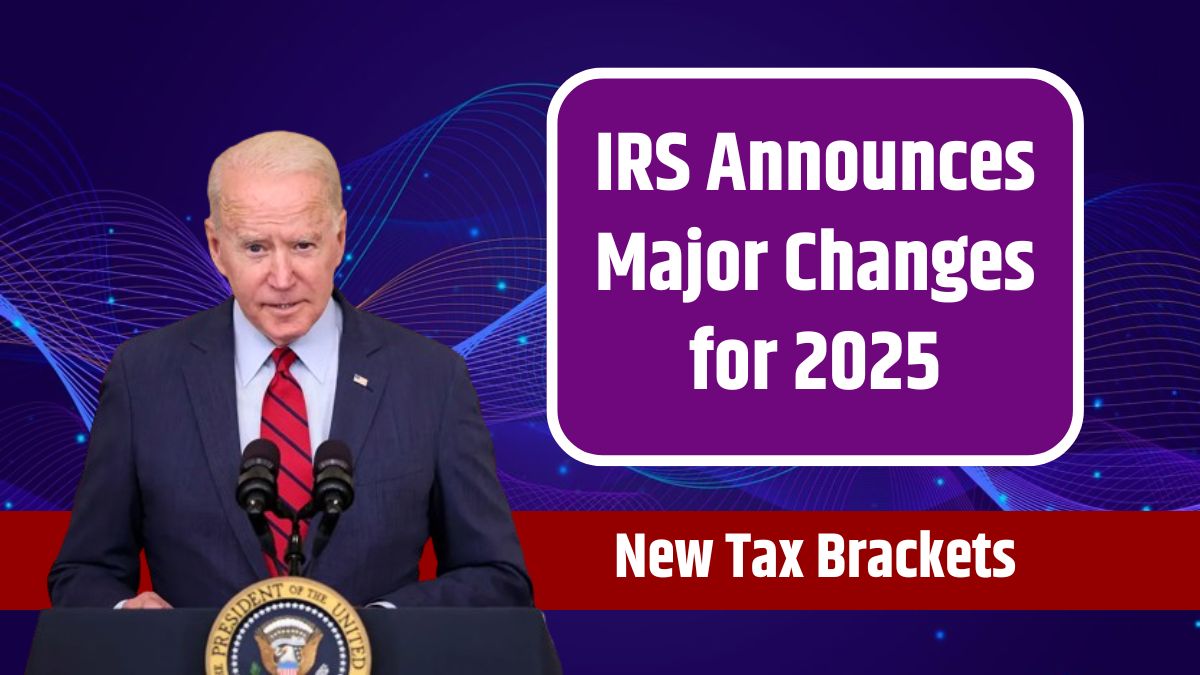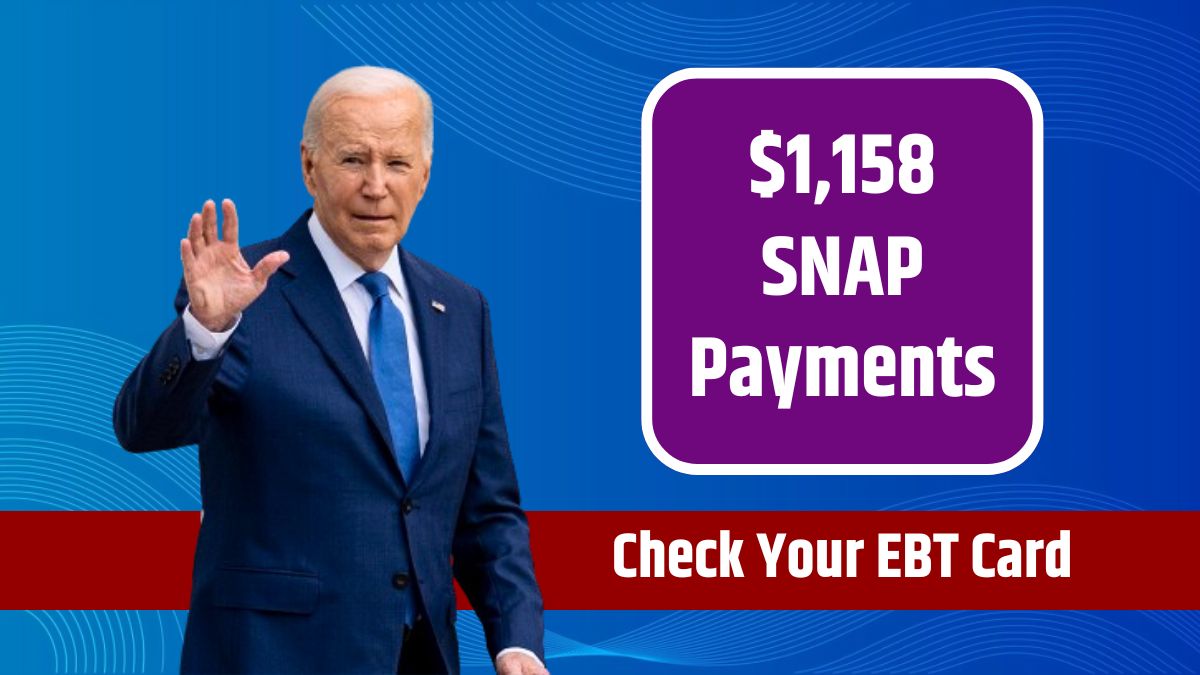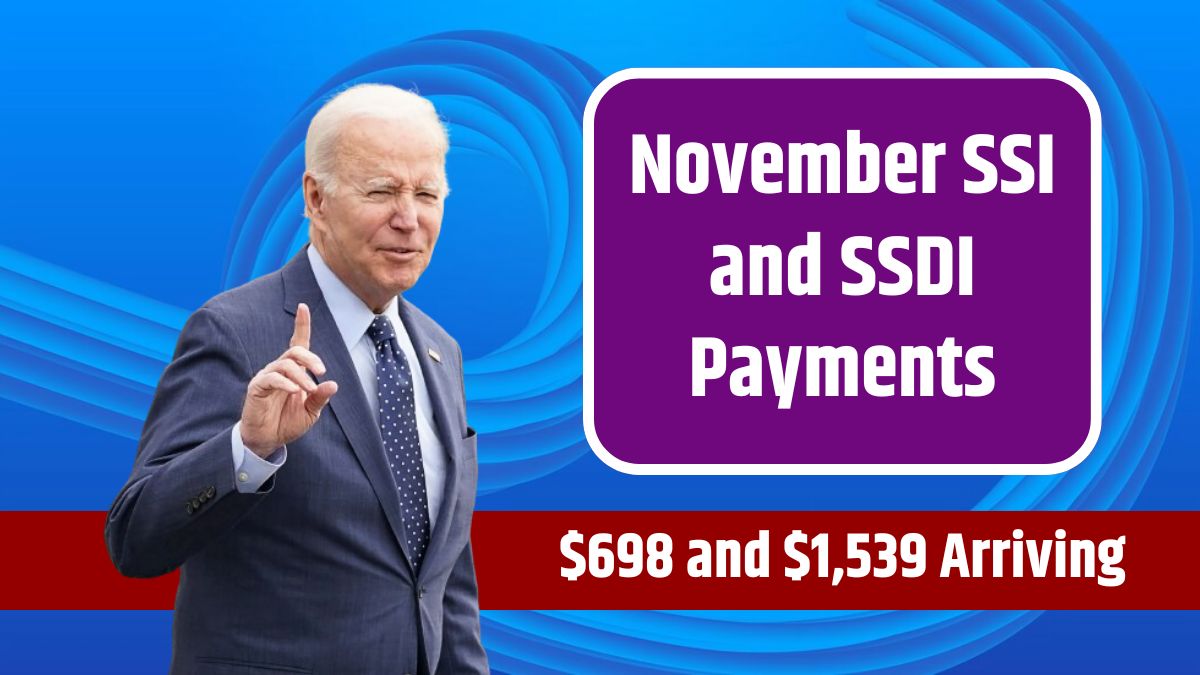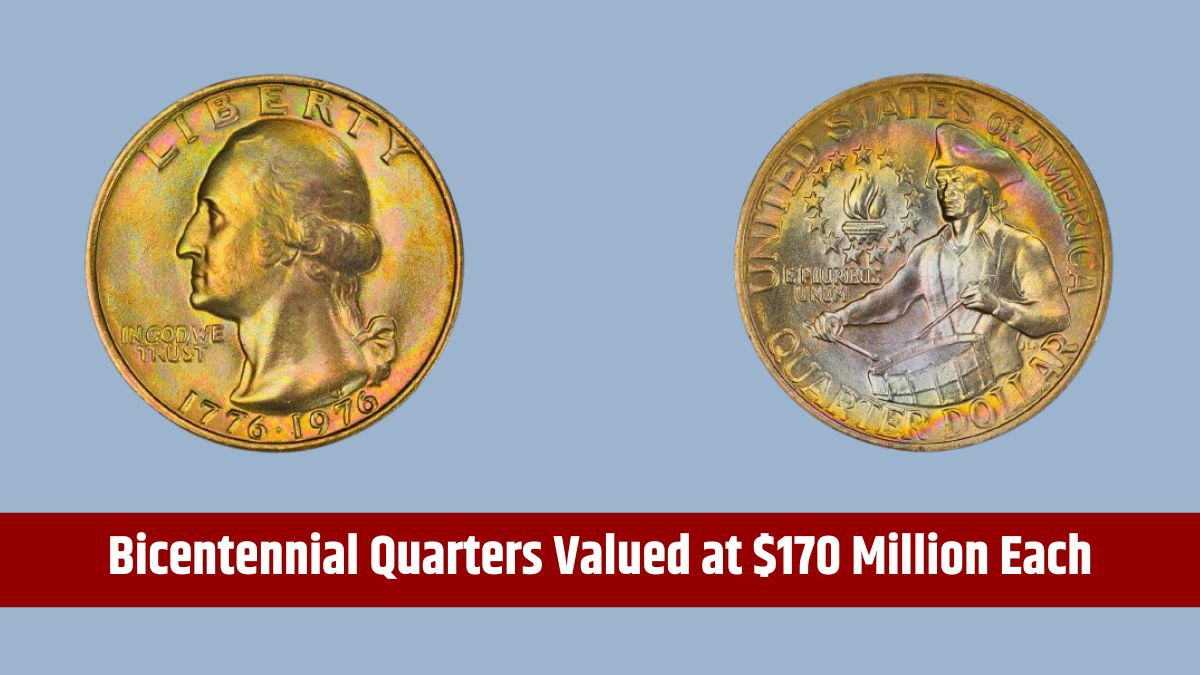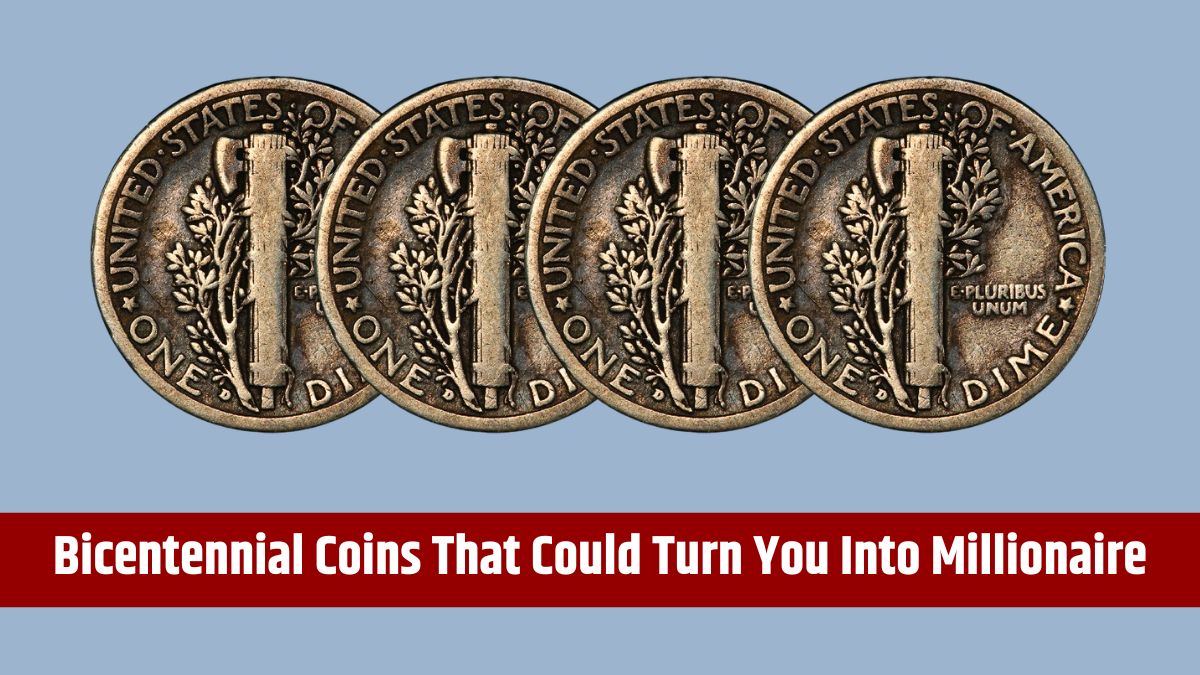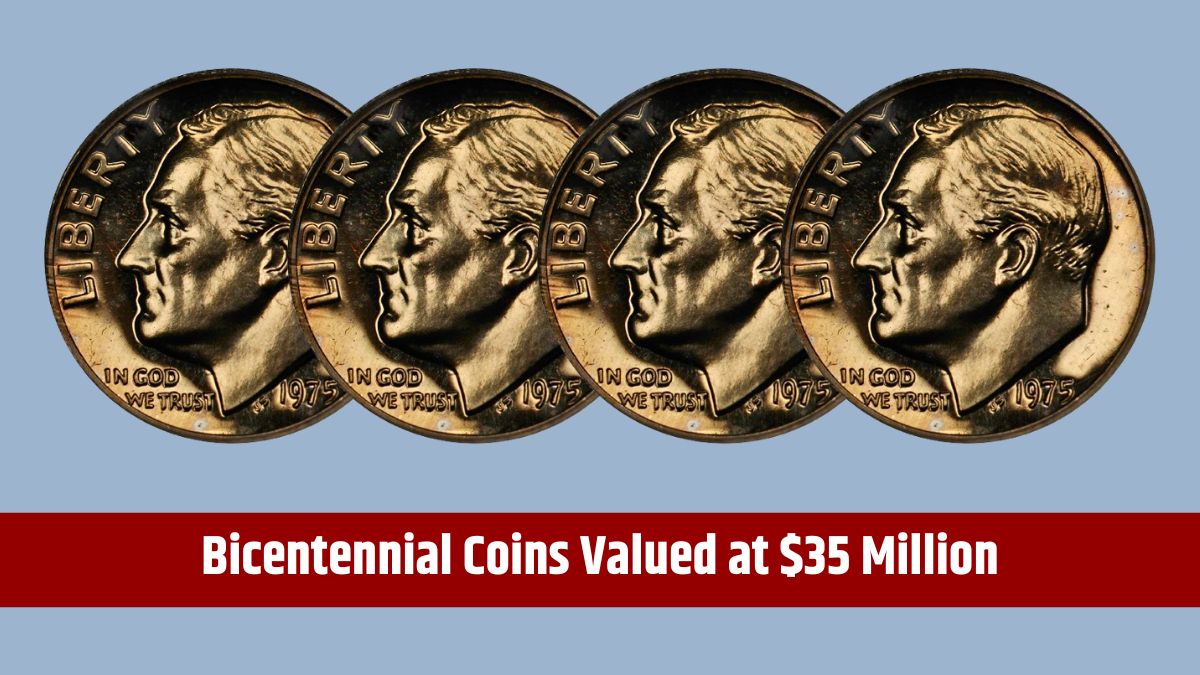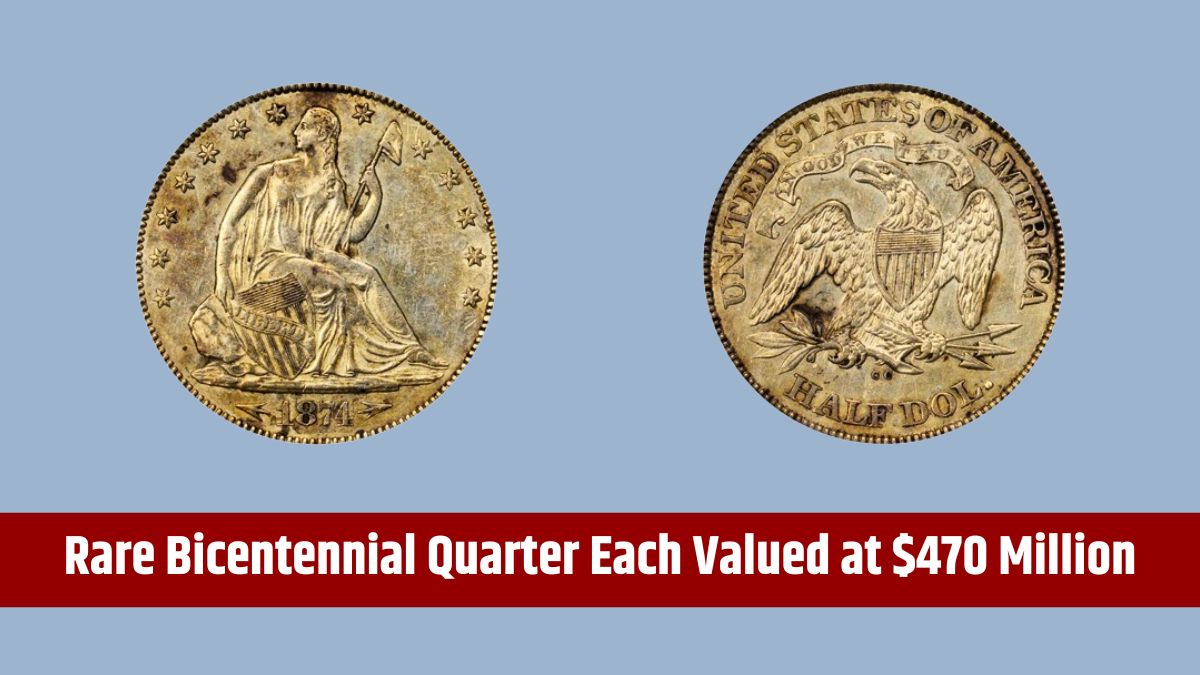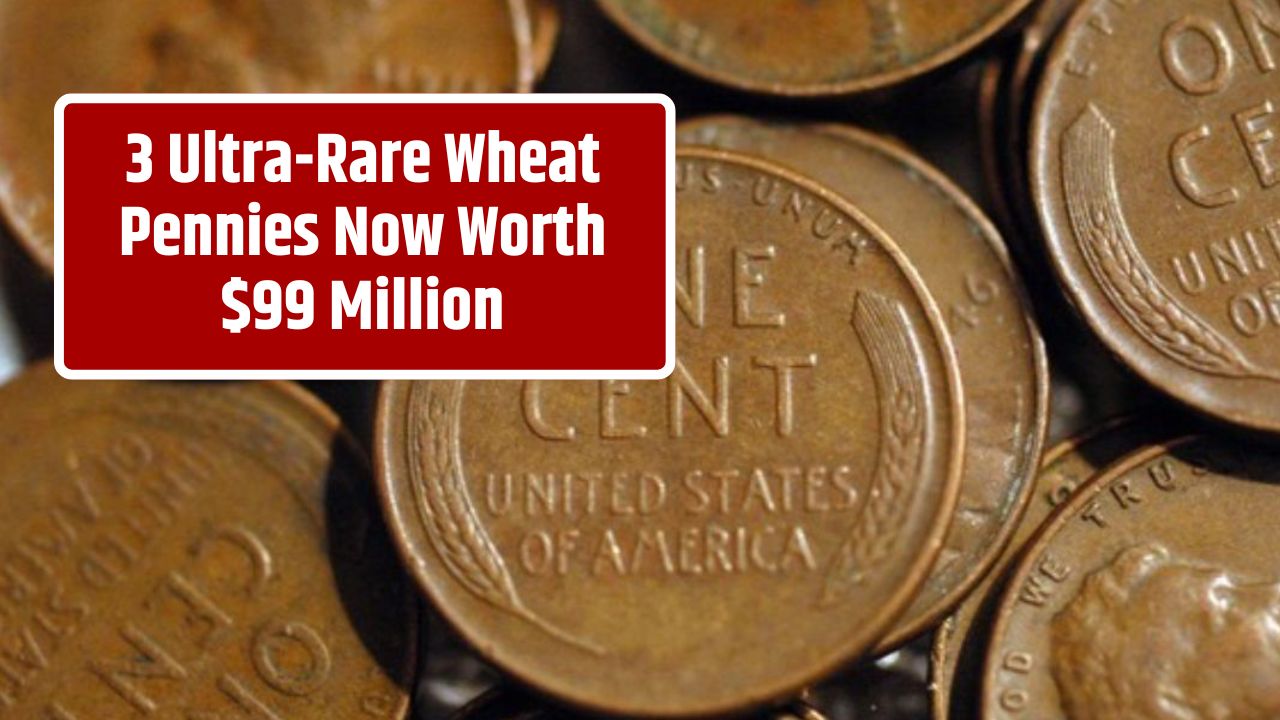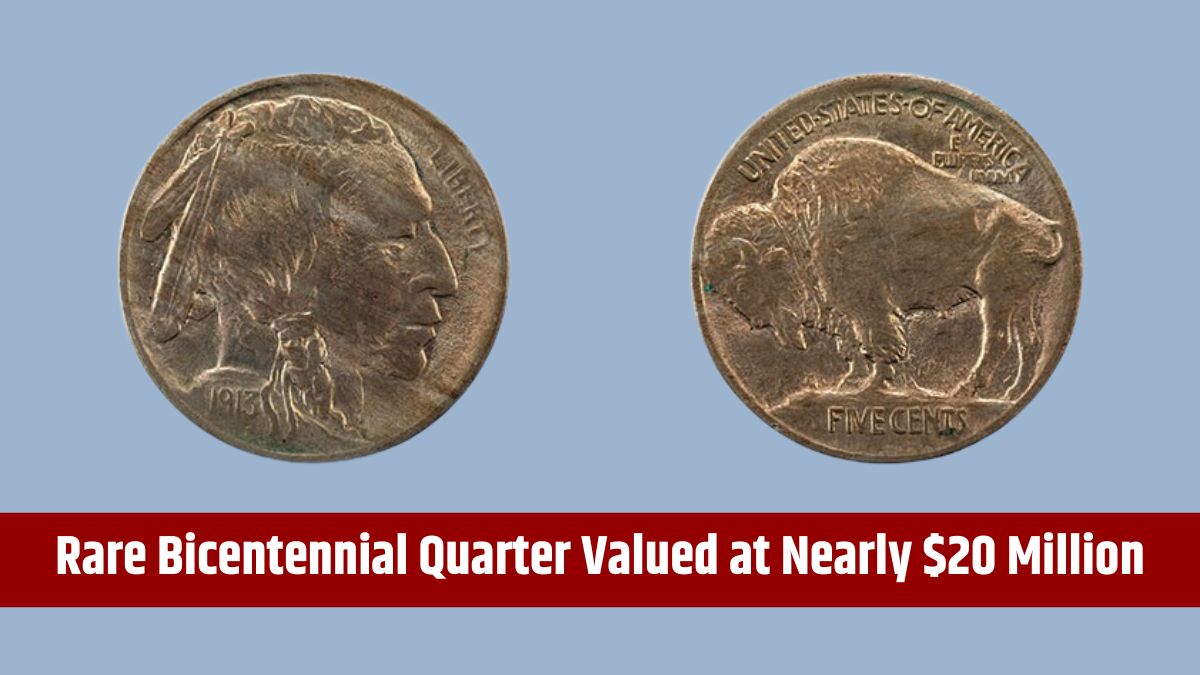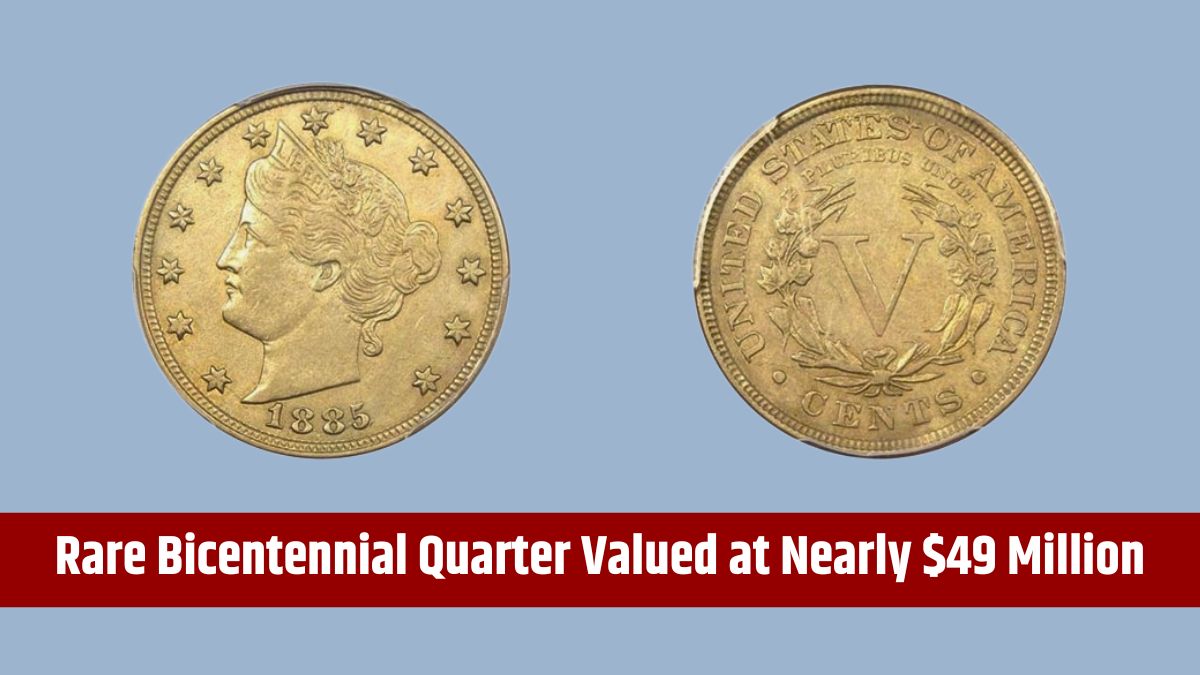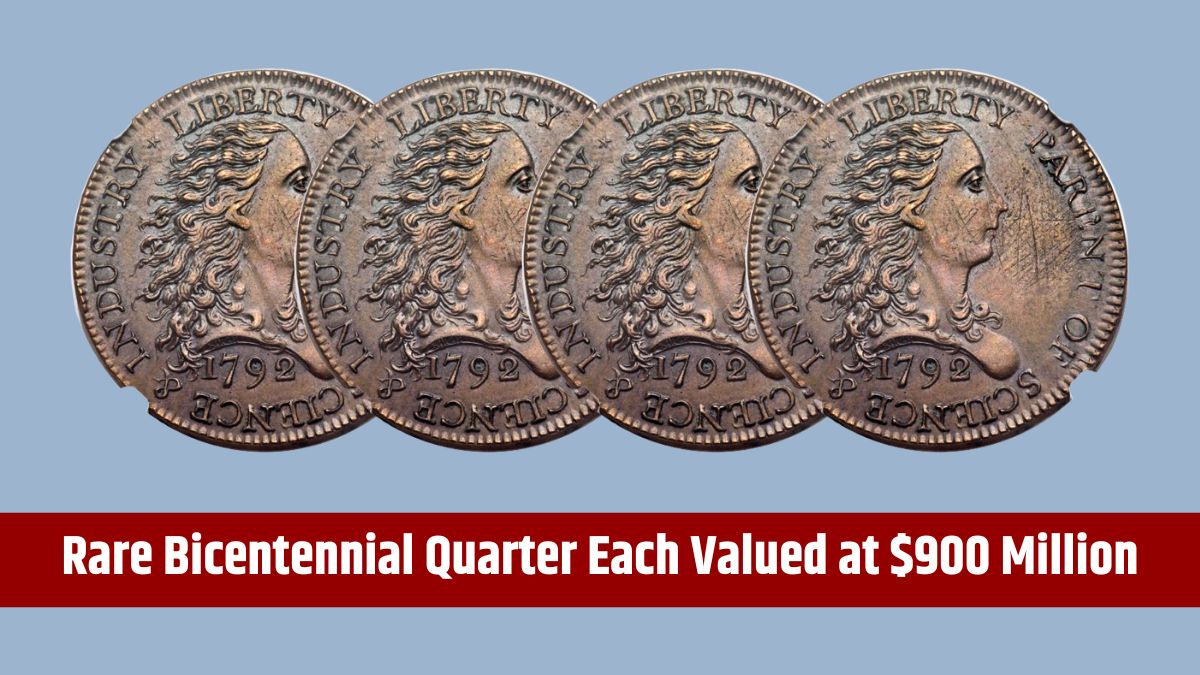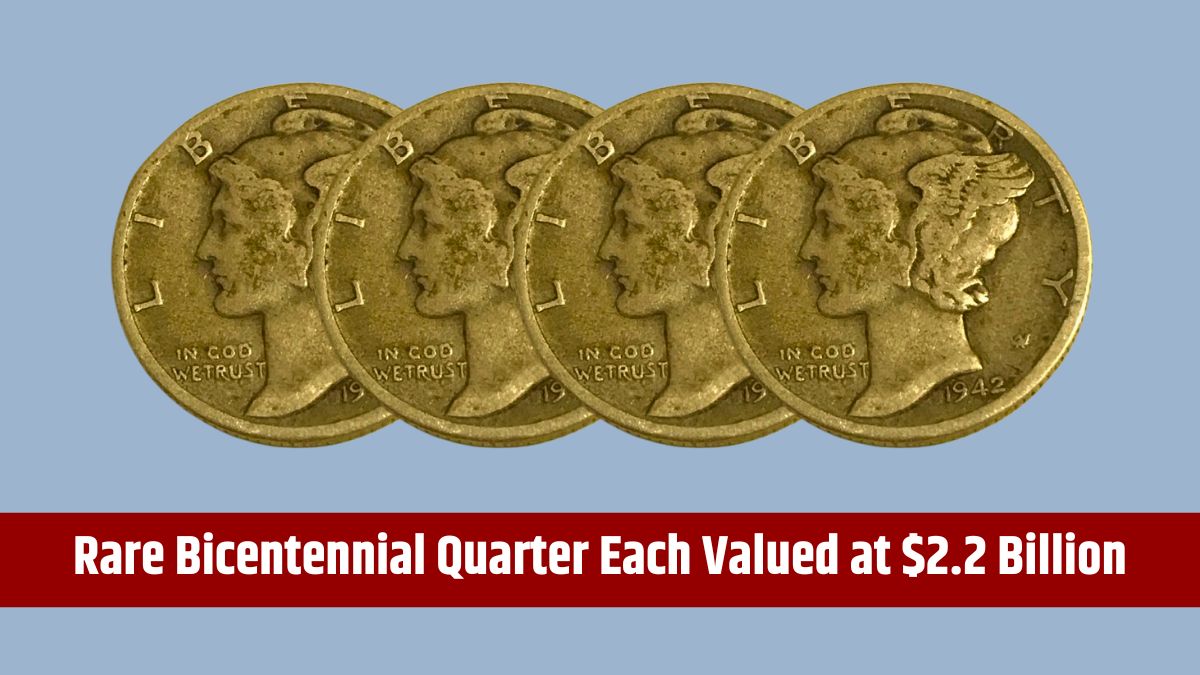Every year, the Internal Revenue Service (IRS) adjusts various tax parameters to account for inflation, and 2025 is no exception. The most anticipated changes are the adjustments to tax brackets and the standard deduction, which help prevent “bracket creep” and make the tax system fairer during periods of high inflation.
Bracket creep occurs when inflation pushes taxpayers into higher tax brackets, even though their purchasing power remains unchanged. These adjustments aim to provide some relief for taxpayers, especially in areas where the cost of living remains high.
Bracket Changes
For the 2025 tax year, the IRS will adjust tax brackets upward by approximately 2.75% to reflect the year’s inflation data. While this increase is significant, it is notably smaller than the 5.4% adjustment for 2024, which was a response to post-pandemic economic conditions. These new tax brackets will apply to income earned in 2025, affecting tax returns filed in 2026.
New Tax Brackets for 2025
Here is a breakdown of the tax brackets for 2025:
| Tax Rate | Single Filer Income | Joint Filer Income |
|---|---|---|
| 10% | Up to $11,925 | Up to $23,850 |
| 12% | Over $11,925 | Over $23,850 |
| 22% | Over $48,475 | Over $96,950 |
| 24% | Over $103,350 | Over $206,700 |
| 32% | Over $197,300 | Over $394,600 |
| 35% | Over $250,525 | Over $501,050 |
| 37% | Over $626,350 | Over $751,600 |
It’s important to remember that only the income within each bracket is taxed at the corresponding rate, rather than the entire income being subject to the highest rate. This tiered approach ensures a fairer tax calculation.
Standard Deduction
The standard deduction is a set amount that reduces taxable income, providing a benefit to those who do not itemize deductions. For 2025, the IRS has increased the standard deduction to $15,000 for single filers and $30,000 for married couples filing jointly. Those filing as heads of household will see a standard deduction of $22,500.
Itemizing deductions may still be beneficial for some taxpayers, particularly in cases where eligible expenses exceed the standard deduction amount. However, most people will benefit from the higher standard deduction.
When to Itemize
While the majority of taxpayers opt for the standard deduction, there are specific situations where itemizing is required:
- If your spouse itemizes deductions and you file separately.
- When filing a tax return for a short tax year due to a change in your accounting period.
- If you are a nonresident or dual-status alien during the tax year.
For those required or choosing to itemize, deductions can include things like medical expenses, charitable contributions, and state taxes.
Impact on Taxpayers
The upward adjustment in tax brackets aims to alleviate the financial burden on taxpayers by preventing bracket creep. This is particularly helpful for families struggling with high living costs. Higher standard deductions also mean that more of taxpayers’ income is shielded from taxes, resulting in lower tax bills and potential savings that can be used for everyday expenses.
Comparison to 2024 Adjustments
The 2025 tax adjustments are less pronounced than those seen in 2024, when inflation was still heavily influenced by the economic aftermath of COVID-19. The 5.4% increase for 2024 was aimed at offsetting higher consumer prices, while the 2.75% rise for 2025 reflects a more stabilized economy. Nevertheless, the new adjustments continue to account for inflation’s impact on taxpayers.
The IRS’s 2025 adjustments to tax brackets and the standard deduction aim to ensure a fairer tax system by mitigating bracket creep and providing taxpayers with potential savings. While the changes may seem minor compared to previous years, they offer much-needed relief for many households. Addressing these adjustments can help taxpayers plan for the upcoming tax season and maximize their deductions.
FAQs
What is bracket creep?
Bracket creep occurs when inflation pushes taxpayers into higher tax brackets, increasing their tax burden without a corresponding rise in purchasing power.
How much are the tax brackets rising?
The IRS will increase tax brackets by about 2.75% for the 2025 tax year.
What will the standard deduction be in 2025?
The standard deduction will be $15,000 for single filers and $30,000 for joint filers.
Who should itemize deductions?
Taxpayers who have eligible expenses exceeding the standard deduction or meet specific conditions should consider itemizing.
When will these changes take effect?
These changes apply to the 2025 tax year, affecting returns filed in 2026.

